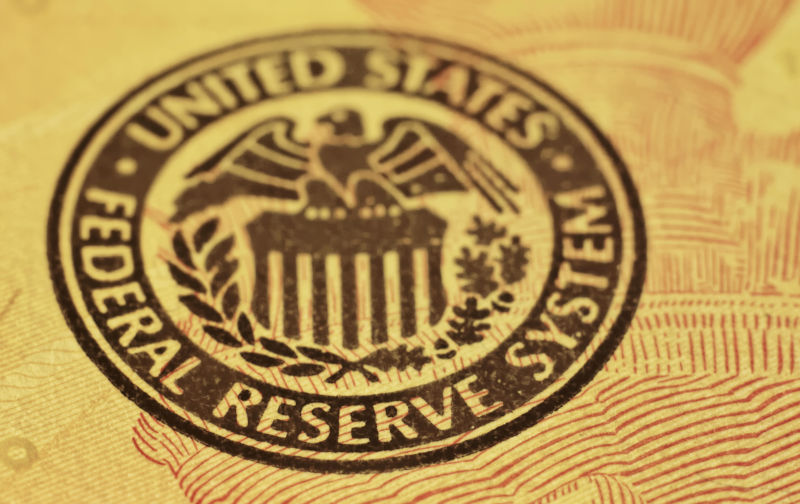America's trade revolution: From architect to antagonist
April 14, 2025
Donald Trump called it liberation day, the day he chose to announce tariffs on most countries around the world. But there will be no liveration for Americans who will end up paying grossly inflated prices for goods from abroad.
What makes Trump’s “liberation day” tariffs revolutionary is that they mark a systematic rejection of the consensus and legal architecture underpinning the international trading system.
Bearing in mind that the US was a principal architect of this system, this dramatic reversal deserves historical context.
Trump’s imposition of a global 10% tariff represents a rejection of a nearly 100-year-old consensus among nation states to continuously work toward the elimination of tariffs. When the General Agreement on Tariffs and Trade was formulated in 1947, the average tariffs among major economies averaged 22%. Driving down tariff barriers and eliminating discriminatory tariffs were widely agreed to be the essential basis for successful post-war reconstruction. Throughout eight successive GATT rounds of negotiation, global tariffs fell reaching historic lows of approximately 5% to 6% for most developed economies.
The World Trade Organisation, successor to the GATT, was established in 1995 to ensure optimum use of the world’s resources for mutual growth and benefit. To these ends, and recognising the success of GATT in dealing with tariffs, the WTO emerged with a focus on non-tariff barriers and a strengthened “rules-based” dispute settlement system to enforce the agreed rules. After nearly a century of work at the GATT, WTO and in various trade agreements to drive down its trading partners’ tariffs, it is no wonder that Trump’s reversal has been described as unfriendly at best, and not the actions of an ally or trusted partner.
A further reason why Trump’s global and reciprocal tariffs are revolutionary is their explicit rejection of the legal architecture governing trade disputes. Agreed trade remedies require demonstrating specific harm through established procedures – dumping investigations examine price discrimination, countervailing duty cases assess illegal subsidies, and safeguard measures require serious injury to domestic industries. These procedures and rules are established at the WTO and through various trade agreements to which the US is a party. Notably, the use of the trade in goods deficit is not a basis on which these remedies have ever been calculated before and one that has been dismissed as nonsensical by numerous commentators.
Trump’s standard of “perceived unfairness” bypasses these legal tests entirely. By imposing tariffs based on subjective assessments, rather than demonstrable harm, the administration rejects not just specific rulings but the very concept of rules-based trade.
The collateral damage extends to bilateral agreements, once seen as a pragmatic alternative to deadlocked multilateral negotiations. When even longstanding allies with favourable trade balances face tariffs, the common ground for negotiating new agreements disappears. The problem isn’t just institutional paralysis at the WTO – it’s the evaporation of consensus around core principles of non-discrimination and reciprocity that underpinned the entire postwar economic order.
There are a number of economic dimensions to Trump’s “liberation day” tariffs. These are in terms of the nature of reciprocity, the impacts on the US economy, the impacts on the global economy, and the risks to the global trading system. We now consider each of these in order.
In terms of the so-called reciprocity of Trump’s “liberation day” tariffs, their calculation is ad hoc and falls well short of the complex economic modelling needed to calculate the tariff equivalents of non-tariff barriers. Both the OECD and ABARES provide great illustrations of the complexities of the modelling required to make the precise calculations of these tariff equivalents. This is much more complex than ratios of trade deficits to imports.
The immediate impacts of the tariffs are likely to be on the US economy. As US consumers will pay the tariffs it is likely that the rate of inflation will rise. Further, the uncertainty in policy settings and their rationale is likely to affect consumer sentiment and be reflected in lower US economic growth. While part of the claimed rationale is around a reassuring of US manufacturing, that is complex in the world of globally integrated supply chains. In addition, economic policy uncertainty is likely to not be conducive to investment and the current stock market settings and volatility metrics reflect this uncertainty.
Extending beyond the US, setting the tariffs also potentially affects growth in the global economy. Initially there will be direct effects of the tariffs on producers outside the US. In this setting, the direct effects on Australia are likely to be limited and concentrated in particular sectors, such as beef. For Australia, the indirect effects are potentially greater as growth falls in other countries, particularly those countries in Asia that now face significantly higher tariffs. There are risks to global growth from contraction in the global trading system and, for an export-oriented economy such as Australia, that has benefitted significantly from post-World War II trade liberalisation, these are significant risks.
The global trading system will be badly hit by Trump’s “liberation day” tariffs. The risk is having a situation like the 1930s where the Smoot-Hawley tariffs led to a global tit-for-tat. The challenge is, will we see a re-run of the global tit-for-tat retaliation or is there a chance for broader conversation about what market access and trade liberalisation looks like outside the US? For Australia, this may provide opportunities in Asia and also a catalyst to move forward on discussions around trade liberalisation with Europe.
After building a global trading system over generations, America now leads its dismantling. The question is what will replace it.
